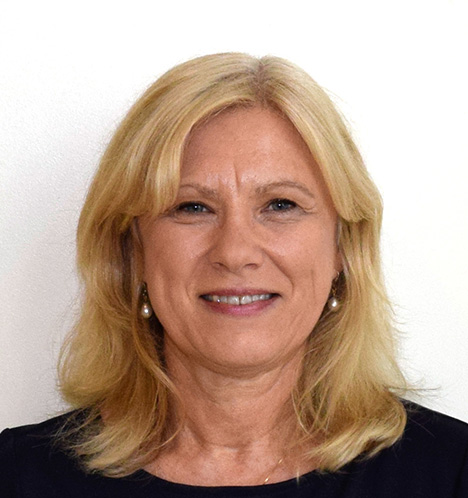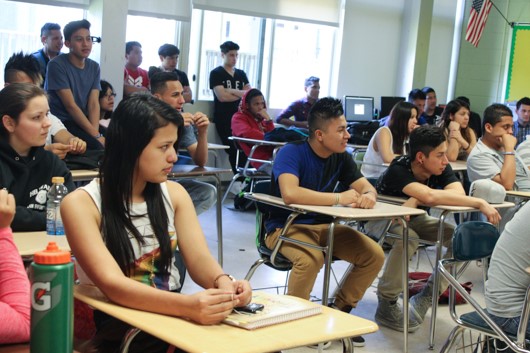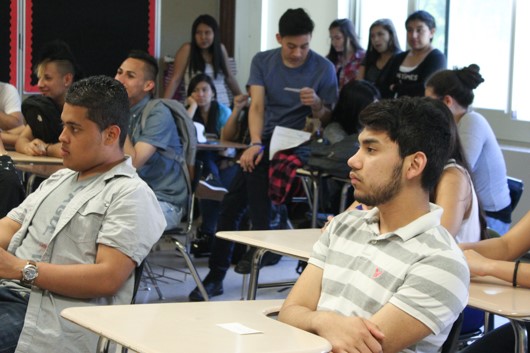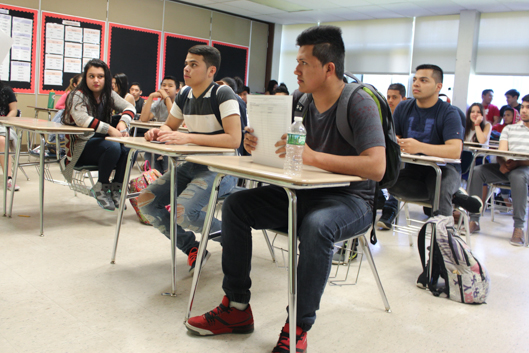
Educational Success of Refugee Youth in South Florida
The goal of the proposed pilot study is to identify factors influencing the educational experiences and aspirations of late entering refugee youth in Miami-Dade County.
One of the paramount global issues today is the refugee crisis, and it is playing out right here in Miami. Refugees flee their countries of origin for fear of persecution due to race, religion, nationality, membership in a particular social group, or political opinion. Florida is one of the top states in the U.S. for refugee arrivals. In FY In 2015 48,816 arrived to Florida, or became eligible for refugee-related services. Refugees arrived from 57 different countries, and 97% among them were Cuban (Florida Department of Children and Families, 2016).
Refugee students comprise a large and growing population of English Language Learners (ELLs) in U.S. schools, and “late entering students” (i.e., those who arrive in the U.S. at high school age) are identified as particularly “overlooked and underserved” (Ruiz de Velasco & Fix, 2000). Late entering students need additional services in order to simultaneously learn the English language and catch up with curriculum content. Although immigrants represent a larger share of the high school population in the U.S., funding for language acquisition programs tends to be concentrated at the elementary school level. As a result, late entering students have been found to drop out of school at extraordinarily high rates (National Center for Education Statistics, 1995). The costs of dropping out are high, leading to lower earnings, poorer health, higher rates of unemployment and incarceration, and increased dependence on public assistance (Belfield & Levin, 2007).
Research has identified factors that contribute to adaptation of refugee students to school including specialized newcomer programs (Short, 2012), a welcoming school climate that fosters school belonging (Trickett & Birman, 2005), school settings that provide an alternative to “subtractive schooling” (Valenzuela, 1999) and opportunities to retain their heritage language and culture; but also the negative impact of segregation of immigrants in schools where there are no opportunities to interact with native born U.S. students (Suárez Orozco & Suárez Orozco, 2003). However, the experience of late entering students in particular remains poorly understood, and research is needed to identify ways to provide them with needed instructional and socio-emotional support at school.
This study is currently under review for publication.
Project Leader

Dina Birman, Ph.D.
Professor and Director, Community Well Being Ph.D. Program Editor in Chief, International Journal of Intercultural Relations.


